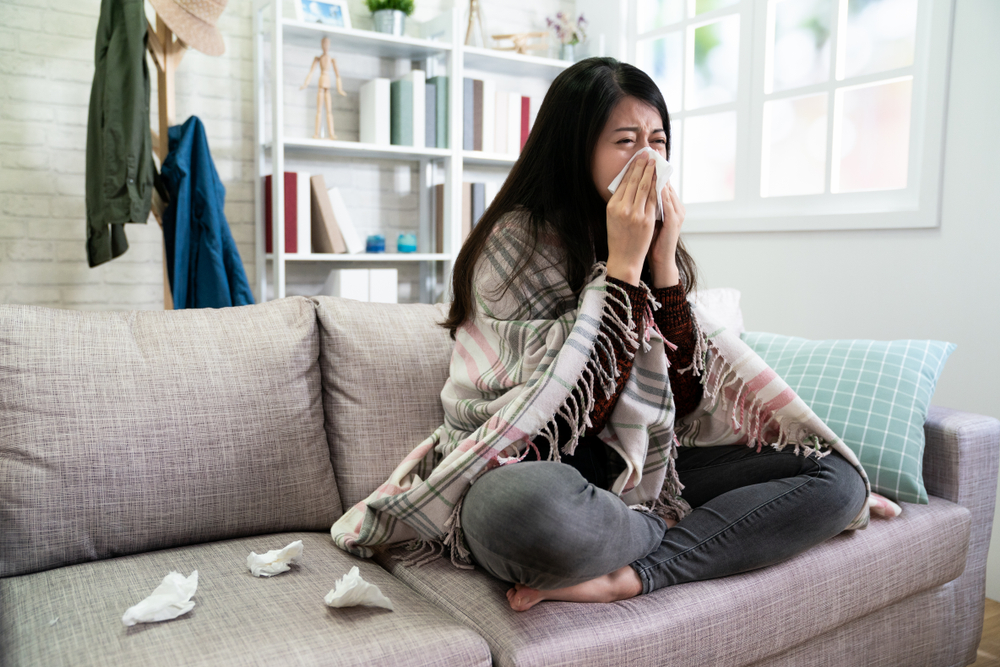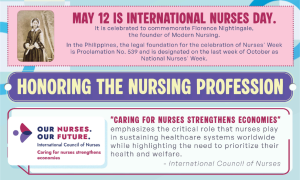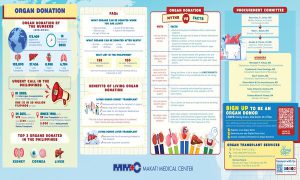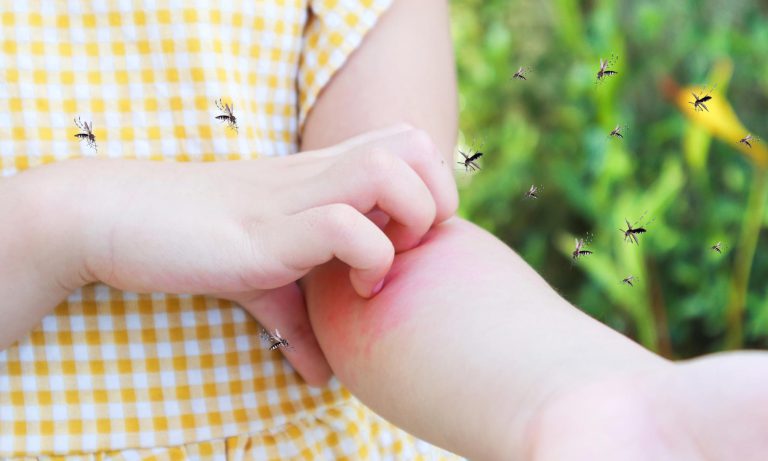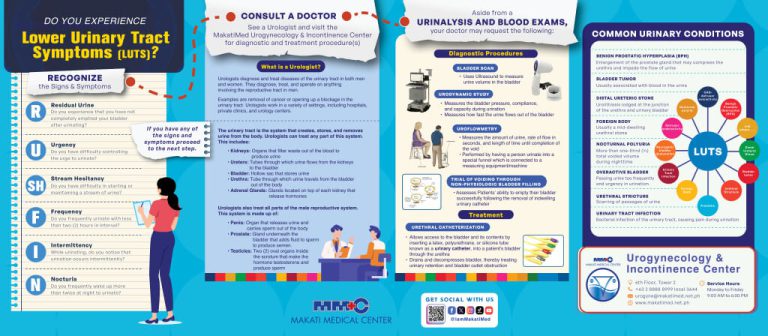‘Tis the season to be extra cautious as we hit the last few months of the year, also known in the Philippines as –Ber months. Since the months of September, October, November, and December fall under the wet or rainy season, the weather can get a little colder than usual.
Unfortunately, it also means the onset of several diseases that are common in tropical climate, which refers to the intermittently wet and dry days. Thus, the shift from the dry to the wet season is considered a health threat as viruses thrive and move about.
Here’s a list of illnesses that abound in the cold months.
1. Dengue Fever
Dengue is a mosquito-borne viral disease caused mainly by female mosquitoes of the Aedes species, which include Ae. aegypti as well as Ae. albopictus. This is the same mosquito that transmits chikungunya, yellow fever, and Zika infection. According to the World Health Organization (WHO), severe dengue is a leading cause of death among children in a number of countries in Asia and Latin America.
Signs and symptoms:
- High fever (40°C or 104°F) with severe headache, muscle and joint pains, pain behind the eyes, abdominal pain, vomiting, or rashes.
- If you’ve been bitten by a dengue-infected mosquito, it may take 4 to 10 days for the virus to incubate or develop in your body and for you to show the physical signs of the disease.
- There’s no specific treatment for dengue, but it helps to drink plenty of fluids to manage the disease.
- The most effective way to control the spread of dengue virus is to prevent carrier mosquitoes from breeding in stagnant water. Get rid of water held for a long time in containers, flower vases, old rubber tires, tin cans, jars, bottles, and the like.
Click here for more information on how to prevent Dengue Fever.
2. Leptospirosis
Leptospirosis is a bacterial disease that infects humans who come into contact with the urine of infected animals, especially rats, in flood waters, vegetation, and other urine-contaminated environments. The leptospira bacteria enters the body through open wounds, cuts, or abrasions on the skin.
Signs and symptoms:
- High fever with muscle pain, headache, or reddish eyes.
- For severe cases, the patient may experience severe headache, low urine output, or kidney failure indicated by jaundice, wherein the skin and white part of the eyes become yellowish
- To treat leptospirosis, antibiotics are given early in the course of the disease. More severe cases may require the administration of intravenous (IV) antibiotics.
- Preventive measures include: not swimming or wading in potentially contaminated water, wearing boots and gloves when going out in the rain or in flooded areas, and keeping the house rat-free.
3. Cholera
Cholera is an acute infection caused by the Vibrio cholerae bacterium, which is usually found in food or water contaminated with an infected person’s feces. Cholera can kill someone within hours, if no immediate treatment is given.
Signs and symptoms:
- Acute watery diarrhea with vomiting, which can lead to severe dehydration
- Loss of skin elasticity, which means the skin doesn’t return to its normal state if pinched
- Dryness of the mouth, throat, nose, and eyelids
- Low blood pressure
- Cramps
- Replacing lost body fluid due to dehydration is the main method of treating cholera. This requires the ingestion of Oral Rehydration Solution (ORESOL) or a homemade solution composed of 1 teaspoon of salt, 4 teaspoons of sugar, and 1 liter of water.
- Preventive measures include: using only water that has been boiled or chemically disinfected, not consuming unpeeled fruits and vegetables, and avoiding uncooked or undercooked meat as well as fish caught in coral reefs.
4. Hepatitis A
Hepatitis means inflammation of the liver. With hepatitis A, there is contagious liver infection caused by the hepatitis A virus (HAV), which is found in the stool and blood of an infected person. It spreads when you ingest contaminated food or water or through direct contact with a person infected with the HAV.
Signs and symptoms:
It may take 14-28 days after contracting the infection for the following symptoms to show—fever, loss of appetite, dizziness, nausea, vomiting, abdominal discomfort, dark-colored urine, and jaundice.
Treatment and prevention:
- There’s no specific treatment for hepatitis A, but you’d do well to take lots of fluid and avoid fatty foods to allow yourself to recover from the illness.
- Acetaminophen, paracetamol, and medication for vomiting, which may damage the liver, are not advisable when you’re being treated for hepatitis A.
- Preventive measures include: getting immunization shots, keeping an adequate supply of fresh and safe drinking water, proper sewage disposal, regular hand washing before meals and after using the toilet, and thorough cooking of oysters, clams, and other shellfish.
5. Typhoid Fever
Typhoid fever is caused by Salmonella typi or paratypi bacteria, which are deposited by a human carrier in the water you drink or food you eat.
Signs and symptoms:
- The incubation period may take 1-2 weeks, while the illness may last for 3-4 weeks.
- Symptoms may include: sustained high fever, poor appetite, body malaise or weakness, diarrhea, and generalized aches and pains.
- Treatment of typhoid fever involves the use of antibiotics to kill the bacteria.
- Preventive measures include: vaccination, proper food handling and preparation, thorough washing of hands, drinking boiled water, and preventing flies from breeding and contaminating the food.
6. Influenza
Commonly referred to as flu, this illness is caused by influenza A, B, or C viruses. The virus spreads through and attacks the respiratory tract.
Signs and symptoms:
Unlike the common cold, influenza can result in a more severe illness characterized by high fever, body aches, cough or sore throat, and runny nose.
Treatment and prevention:
- Antiviral drugs taken within the first two days of illness—accompanied by adequate rest, increased fluid intake, and eating of nutritious food—can help prevent the flu virus from becoming a full-blown disease.
- Preventive measures include: getting flu vaccination, avoiding close contact with people who have the flu, wearing a face mask, covering the mouth and nose when sneezing or coughing, and keeping the hands clean and disinfected.
7. Allergic Rhinitis
Allergic rhinitis is caused by common allergens, such as pollen, dust mites, mold, animal stings, and certain food or medications. Allergic reactions usually occur with the change of seasons.
One or more of these symptoms may show immediately after coming into contact with an allergen—sneezing, coughing, swelling or itching of the skin, and having an itchy, stuffy, or runny nose.
Treatment and prevention:
- Common allergies are treated with medications, including antihistamines, decongestants, and steroid nasal sprays.
- Knowing what triggers your allergic reactions and avoiding them can help you ward off any bothersome symptoms. If you’re unsure as to what causes your allergies, you may need to ask your doctor about getting allergy tests.
8. Gastroenteritis
In gastroenteritis, there is irritation or inflammation of the stomach and intestines, caused by viruses, such as rotavirus and norovirus. The infection spreads through contact with someone who has the virus, consumption of contaminated food or water, or poor hygiene.
The main symptoms are stomach pain and frequent bowel movement. Because of these conditions, you may also become dehydrated and show signs of feeling thirsty or having dry skin.
Medicines that control diarrhea and vomiting may be used to treat the symptoms, while the best protection against dehydration is to drink plenty of liquids.
Stay Warm and Dry
Getting sick is normal, but there are so many ways to protect ourselves from viruses—from frequent hand washing to staying hydrated and getting immunization shots or prescriptions. Just be sure to consult your doctors in tropical medicine at Makati Medical Center to get professional advice on how you can avoid all the –Ber month blues.

